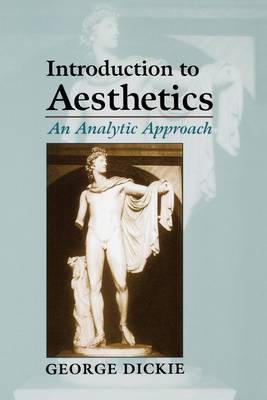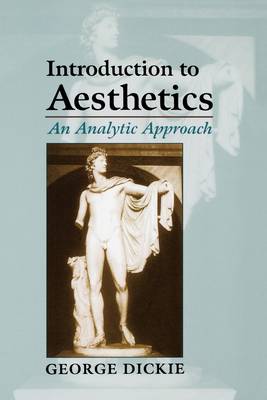
- Afhalen na 1 uur in een winkel met voorraad
- Gratis thuislevering in België vanaf € 30
- Ruim aanbod met 7 miljoen producten
- Afhalen na 1 uur in een winkel met voorraad
- Gratis thuislevering in België vanaf € 30
- Ruim aanbod met 7 miljoen producten
Zoeken
€ 164,45
+ 328 punten
Omschrijving
This unique and engaging text traces aesthetics from its ancient beginnings through the changes it underwent in the eighteenth, nineteenth, and the first half of the twentieth century. The first part of the book traces the history of the two organized notions of aesthetics-the theory of beauty and the imitation theory of art-and describes the transformations they went through from ancient Greek times until the 1950s. The responses of the cultural theories in the 1960s to these earlier developments are then discussed in detail. Four additional topics-intentionalistic criticism, symbolism, metaphor, and expression-are also addressed. Finally, five traditional art evaluational theories are presented, and the author constructs an evaluational theory of his own by building on ideas drawn from the work of Monroe Beardsley and Nelson Goodman.
Written by one of the foremost philosophers of aesthetics, Introduction to Aesthetics is ideal for undergraduate courses in the philosophy of art and aesthetics, and is also suitable for graduate seminars and courses in these areas. It offers students both a historical introduction to and the latest work on theories of art, theories of the experience of art, and theories of art evaluation.
Written by one of the foremost philosophers of aesthetics, Introduction to Aesthetics is ideal for undergraduate courses in the philosophy of art and aesthetics, and is also suitable for graduate seminars and courses in these areas. It offers students both a historical introduction to and the latest work on theories of art, theories of the experience of art, and theories of art evaluation.
Specificaties
Betrokkenen
- Auteur(s):
- Uitgeverij:
Inhoud
- Aantal bladzijden:
- 208
- Taal:
- Engels
Eigenschappen
- Productcode (EAN):
- 9780195113044
- Verschijningsdatum:
- 9/01/1997
- Uitvoering:
- Paperback
- Formaat:
- Trade paperback (VS)
- Afmetingen:
- 156 mm x 234 mm
- Gewicht:
- 294 g

Alleen bij Standaard Boekhandel
+ 328 punten op je klantenkaart van Standaard Boekhandel
Beoordelingen
We publiceren alleen reviews die voldoen aan de voorwaarden voor reviews. Bekijk onze voorwaarden voor reviews.











